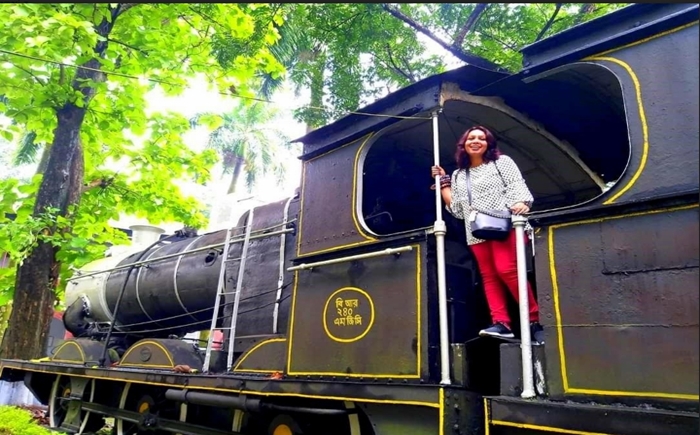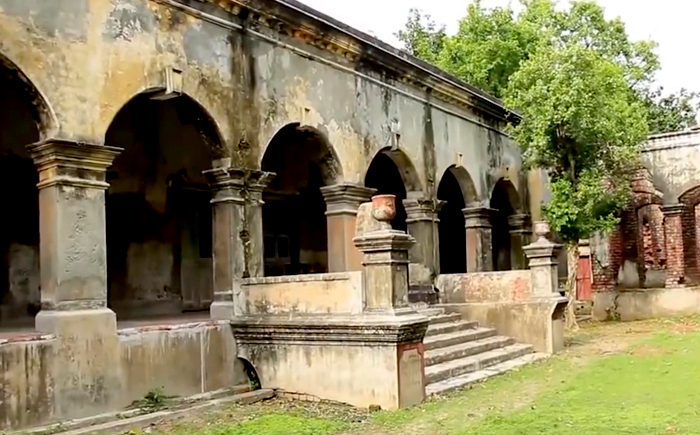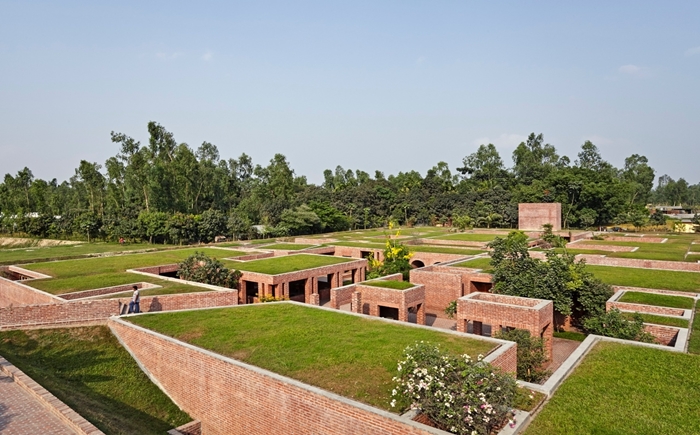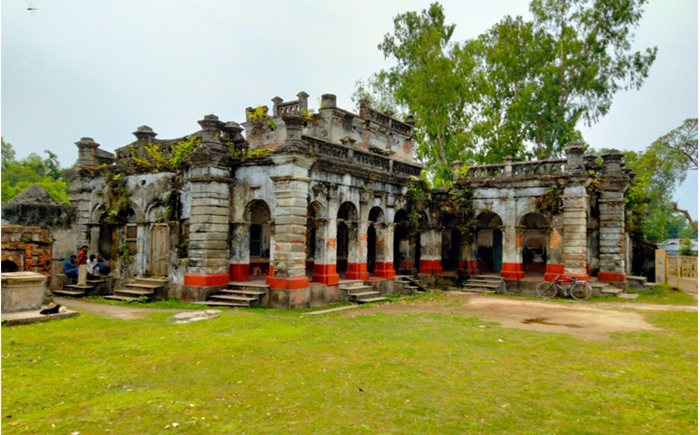
Saidpur in the Nilphamari district is one of Bangladesh's oldest cities. Syedpur, noted for its trade and commerce, has become known as the 'Railway City' to many because it is home to Bangladesh's largest Railway Workshop. The Nilphamari Railway Workshop holds a significant place in Bangladesh's industrial and railway history. Established during the British colonial period in 1870, it played a pivotal role in maintaining and repairing locomotives and railway equipment for the Bengal Assam Railway. Over the years, it evolved to become one of the most crucial railway workshops in the region.
The workshop's history is intertwined with the growth and development of the railway network in Northern Bangladesh. It not only facilitated the expansion of rail services but also contributed to the economic and social development of the region. Skilled artisans and workers at the workshop played a vital role in ensuring the smooth operation of the railway system.
Workers are employed in 26 shops of this factory built in a land area of 100 acres. From nut-bolts to railway broad gauge and meter gauge line carriage repairs, everything is done here. Students from various institutions gain knowledge by visiting this workshop. The last engine ran on the Bagerhat-Rupsa section in 1972. Three similar engines were built by England's Vulcan firm in 1901, including this one, which is now housed in the Loco Transport Museum of Syedpur Railway Factory. These engines have proven to be durable. As a result, many new generations travel long distances to witness this coal engine for themselves.
Today, the Nilphamari Railway Workshop stands as a testament to the enduring legacy of railway engineering in Bangladesh. It continues to play a crucial role in the maintenance and repair of locomotives, signaling systems, and other railway infrastructure. Additionally, it provides employment opportunities for many skilled workers in the area.
The workshop's importance extends beyond its functional role; it represents a living heritage of Bangladesh's railway industry. It serves as a symbol of the country's progress in rail transport and stands as a source of pride for the local community. As we explore the workshop, we gain a deeper appreciation for the ingenuity and craftsmanship that have shaped Bangladesh's railway history.














Leave your valuable comments: